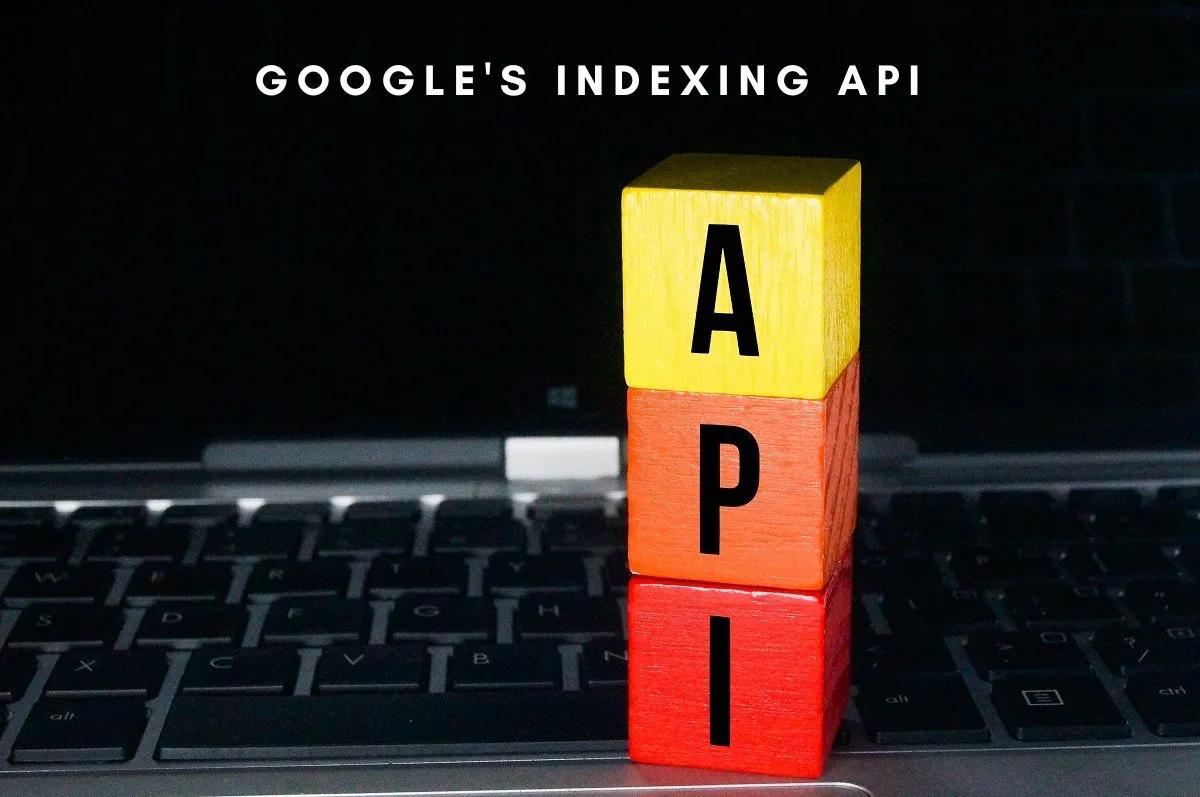Google’s Indexing API is a worthy addition to your SEO toolbox, but they aren’t always helpful. There are certain situations and strategies where other methods might be more effective. Despite some limitations, however, it’s still a wonderful tool that you could install if your goals align with its capabilities.
You can always check Google index status using the Rush Analytics tool. It will actually tell you what your indexing situation is.
When to Use Google’s Indexing API
Google’s Indexing API proves to be invaluable in specific scenarios where real-time indexing and content updates are essential. Understanding these situations allows webmasters to make the most of the API’s capabilities and optimize their website’s search engine visibility. Here are key instances when the Indexing API is particularly advantageous:
Real-Time Content Updates
Websites with constantly changing content, such as news portals and live event coverage sites, benefit from real-time indexing to ensure their latest updates are promptly reflected in search results. In the fast-paced world of news, timely indexing is crucial to deliver up-to-date information to users searching for the latest developments.
Large-Scale Content Changes
“When a website undergoes a significant redesign, restructuring, or rebranding, real-time indexing through the API helps search engines quickly crawl and index the new content, preserving search rankings and user engagement during the transition,”
explains George Rossoshansky, a marketing specialist from Rush Analytics.
“E-commerce platforms with vast product catalogs and frequent inventory updates require real-time indexing to ensure product availability and accurate search results for potential customers.”
Mobile-First Indexing
Mobile-first indexing has become crucial for SEO with the rise in mobile searches. Using Google’s Indexing API ensures that mobile content is promptly indexed, enabling better visibility and ranking in mobile search results. For websites with companion mobile apps, the Indexing API allows content from the app to be indexed in search results, enhancing discoverability and user engagement.
Benefits of Using Google’s Indexing API
Google’s Indexing API offers numerous advantages that enhance SEO performance and user experience. It enables:
- Faster Indexing and Content Visibility. The API ensures prompt communication of content changes, leading to faster indexing and immediate visibility in search results. It is particularly useful for delivering up-to-date information, such as breaking news or limited-time promotions.
- Efficient Indexing Management. Webmasters can prioritize important pages for immediate indexing, streamlining the process for large-scale websites with numerous pages and frequent content changes.
- Enhanced Mobile and App Indexing. The API facilitates quick indexing of mobile-optimized content, improving mobile search rankings. Additionally, it expands the website’s reach to app users by indexing app content in search results.
- Real-Time SEO Performance Monitoring. With immediate feedback on indexing status, webmasters can quickly assess the impact of content updates and SEO strategies. The API aids in identifying and resolving indexing challenges before they significantly impact search rankings.
Improving your SEO optimization is of paramount importance. You can really improve the efficiency of your SEO optimization by using these tools, as well as gain some advantage over the competition. However, it’s not ideal, and you’ll see why in a sec.
When Google’s Indexing API May Not Be Suitable
While Google’s Indexing API offers advantages, it may not be the best approach in certain scenarios:
- Static and Low-Frequency Content Updates: Websites with infrequent changes may not require real-time indexing.
- Limited API Quotas and Resource Constraints: Websites with restricted API access or resource limitations should use the API judiciously.
- Websites with Minimal Time Sensitivity: If immediate indexing isn’t critical, regular indexing methods may suffice.
- Low-Traffic Websites: Sites with minimal traffic may not see significant benefits from real-time indexing.
Don’t overuse it because it’s not a universally helpful tool. If you do, it might cause damage, actually, including exceeding quotas and causing duplicate content issues.
Implementing Google’s Indexing API Wisely
To make the most of Google’s Indexing API and avoid pitfalls, follow these guidelines. First, assess the need for real-time indexing by identifying time-sensitive pages and prioritizing high-priority updates. Balance API and traditional indexing methods, using the API selectively and monitoring quotas to avoid unnecessary costs.
Also, try minimizing API requests for minor changes, using the API sparingly, and batching content updates when possible. Regularly monitor indexing performance by analyzing metrics and quickly addressing any challenges. If you do, you’re going to be just fine.
Conclusion
Google is overall a good supplier of SEO tools, especially indexing tools. Google Search Console provides a detailed report of all the pages that have been crawled by Googlebot. With the help of a URL Inspection Tool or updated sitemap, you can easily monitor Googlebot’s visits to your site.
Google’s Indexing API itself is a powerful tool for real-time indexing and content updates, providing faster indexing and enhanced SEO performance.
However, it’s essential to balance API usage with traditional indexing and avoid overusing it to prevent potential risks. With thoughtful implementation, the Indexing API can be a valuable asset for maintaining a competitive edge in the dynamic world of SEO. Stay informed, follow best practices, and use this tool wisely for sustained online success.
Also Read:
- SEO Company Primelis: Your One-Stop Shop For High-Tech SEO Marketing Services
- How To Check Ranking On Google: Track Keyword Rankings From Tools And Improve SEO




